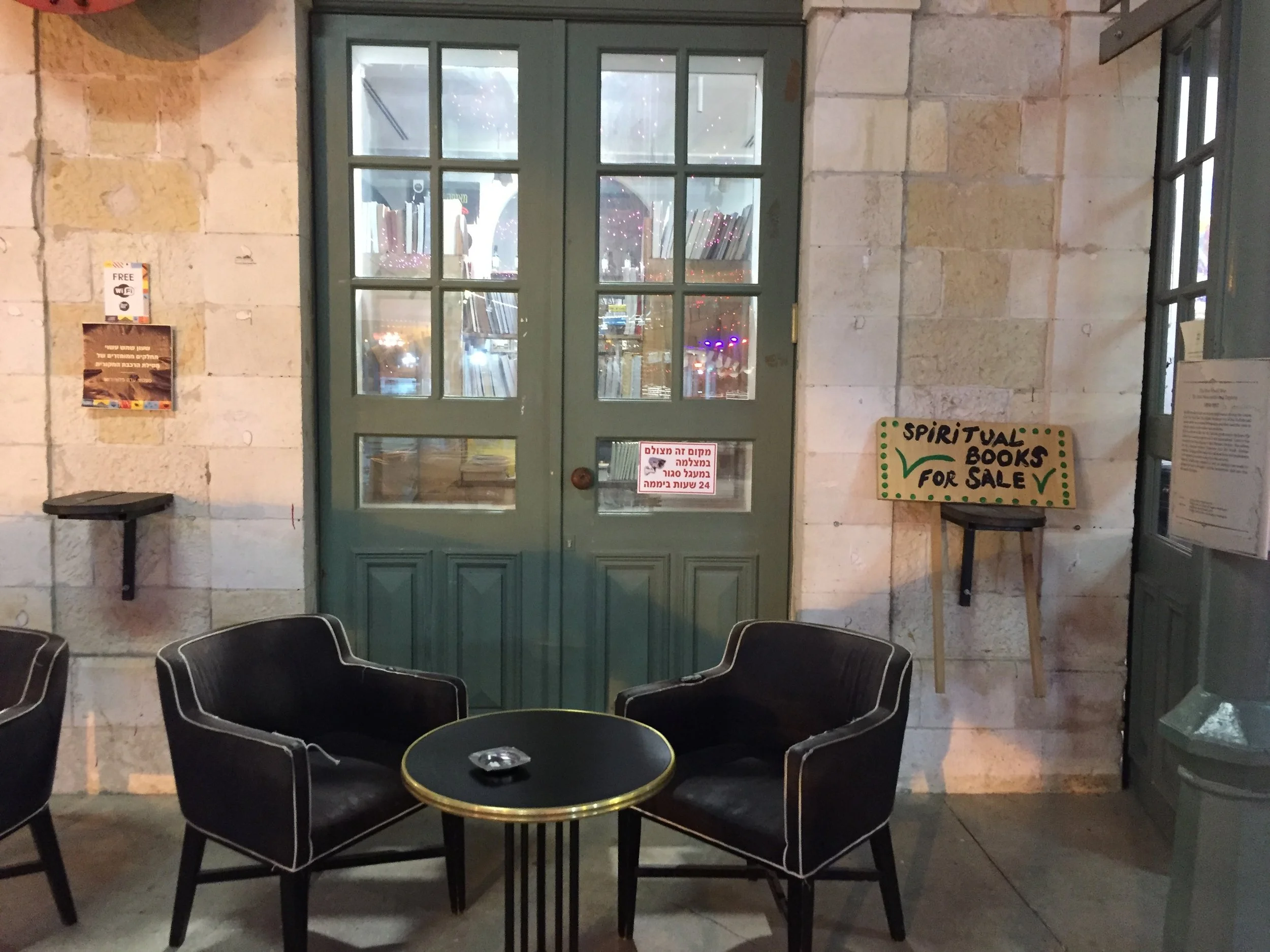The shrine, once crowded day and night with devotees, now stands eerily deserted. For weeks, it has remained sealed as a crime scene after a mob attack left one of his followers dead. Since August 2024, more than 100 shrines have been attacked or vandalized, according to rights groups.
Read More(ANALYSIS) Around me, bodies pressed together. Sweat mixed with tears as the chant intensified: “Allah ... Allah ...” What I experienced that evening mirrors a broader phenomenon in Morocco: Some young, educated urbanites are returning to Sufism, Islam's mystical tradition, seeking spiritual depth in an age of digital distraction and ideological exhaustion.
Read MoreHistorically, Indonesian Muslims have worn loosely wrapped, somewhat transparent, colorful scarves. Now, the most common covering is the jilbab, an opaque square scarf which is tightly wrapped and pinned under the chin, and typically does not show any hair. For Muslims who do not wear one, it is enough to “cover their hearts.” But for *Aya and many other Muslim women, the ritual of physically covering her body is also important, as it puts the religious principle into practice — an external expression of an internal disposition.
Read MoreWearing a full and graying beard, khaki trousers and a woolen vest, 66-year-old Ya’cub ibn Yusuf, puttered around his little shop. Sufi-inspired sounds played by an Israeli musician piped from the speakers above. “Spiritual Books for Sale,” read the sign outside the door.
Read More



